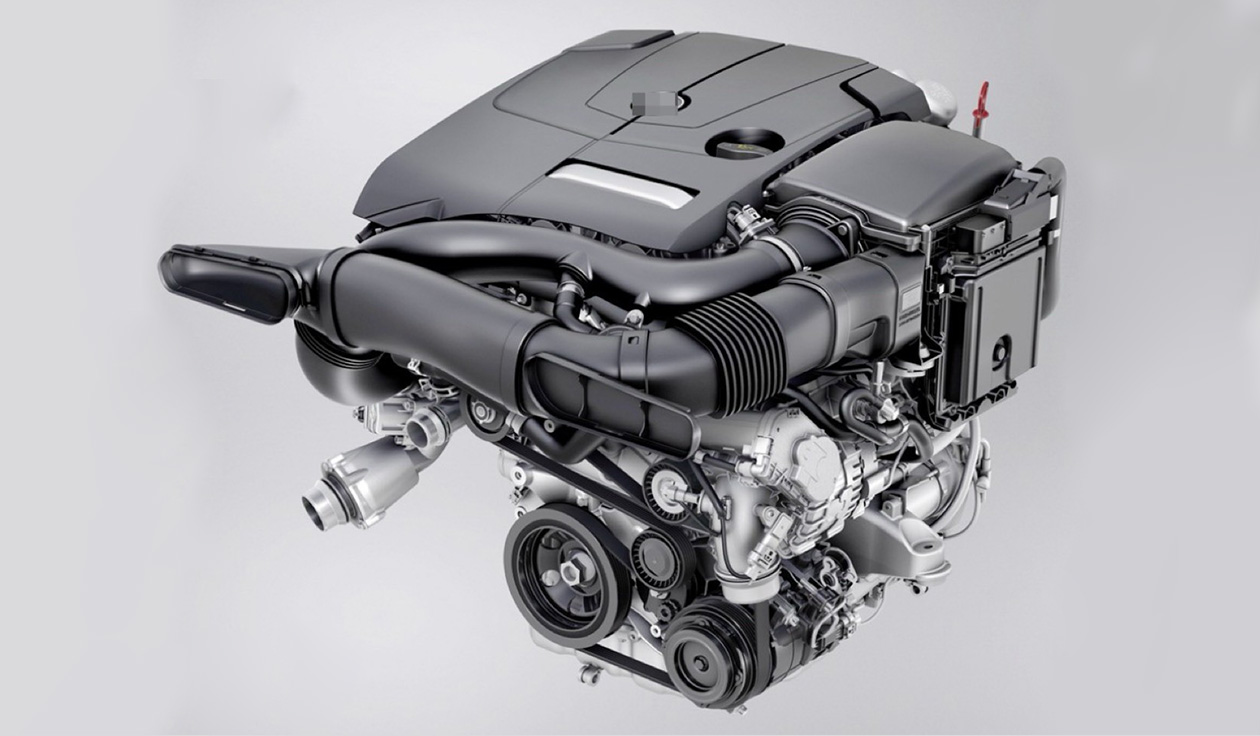Honeycomb ceramic substrates are key core components of gasoline engine exhaust aftertreatment systems, primarily used for catalytic conversion and particulate matter (PM) capture to meet increasingly stringent emission regulations.

The Three-Way Catalyst (TWC) relies on the high specific surface area of honeycomb ceramic substrates, with noble metal catalysts coated on the substrate surface. It simultaneously oxidizes carbon monoxide (CO) and hydrocarbons (HC) emitted by gasoline engines into carbon dioxide (CO₂) and water (H₂O), while reducing nitrogen oxides (NOₓ) into nitrogen (N₂). This enables synergistic purification of multiple gaseous pollutants and ensures efficient catalytic reactions.
The Gasoline Particulate Filter (GPF) uses honeycomb ceramics as its core substrate. Leveraging its precise porous structure, it efficiently traps particulate matter (PM) generated during gasoline engine operation. When PM accumulates to a certain level, it can be regenerated via exhaust gas heat or active heating, oxidizing the particles into harmless gases. This continuously maintains the PM capture and purification capabilities of the system.
Integrated exhaust aftertreatment systems (such as combined TWC+GPF solutions) utilize the excellent compatibility of honeycomb ceramic substrates. These systems first purify gaseous pollutants via TWC, then capture PM via GPF, forming a full-process treatment chain of "gaseous pollutant purification + PM capture." This fully meets the multi-dimensional purification requirements imposed by stringent emission regulations on gasoline engine exhaust.
Contact Aofu
Get in touch with our experts!
A self-owned brand enterprise specializing in the research and development and industrialization of air pollution control products
Copyright © 2025 Shandong AOFU Environmental Technology Co., Ltd.
Design by:Bontop